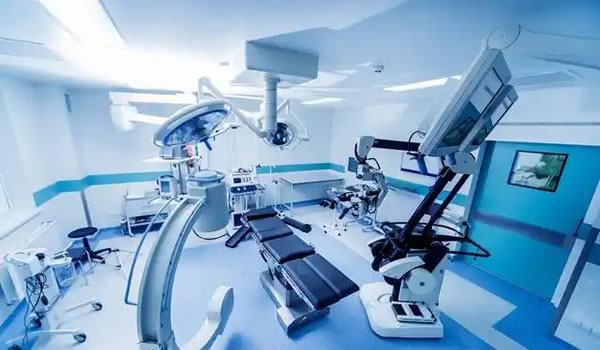Chronic Kidney Disease (CKD) is a growing epidemic in Asia, driven by high rates of diabetes, hypertension, and aging populations. Millions of patients progress to end-stage renal disease (ESRD), requiring dialysis or transplantation. This article explores CKD treatment approaches in Asia—dialysis, kidney transplantation, new medications, and innovative therapies—highlighting challenges and future opportunities.

The CKD Burden in Asia
- Global statistics: More than 850 million people worldwide suffer from kidney disease.
- Asia’s share: Nearly 50% of global CKD patients live in Asia.
- Mortality: CKD ranks among the top 10 causes of death in the region.
- Economic burden: Dialysis and transplantation consume a significant share of healthcare budgets.
Conventional Treatment Approaches
1. Lifestyle Modifications
- Dietary changes: Low salt, low protein, controlled potassium and phosphorus intake.
- Weight management: Essential for diabetic and hypertensive patients.
- Smoking cessation: Reduces kidney and cardiovascular risk.
2. Medications
- ACE inhibitors / ARBs: Control blood pressure, slow disease progression.
- Diuretics: Manage fluid overload.
- Erythropoiesis-stimulating agents (ESAs): Treat anemia.
- Phosphate binders and vitamin D: Manage mineral bone disease.
Dialysis in Asia
Hemodialysis (HD)
- The most common treatment for ESRD.
- Requires specialized centers, typically 3 sessions per week.
- Growing dialysis networks in China and India.
Peritoneal Dialysis (PD)
- Can be performed at home.
- Less infrastructure-intensive than HD.
- Particularly important in resource-limited areas of Southeast Asia.
Challenges
- Access: Rural patients often lack dialysis centers.
- Cost: Subsidies in some countries (e.g., Thailand’s PD-first policy), but affordability remains a concern.
- Quality of life: Time-consuming and physically demanding for patients.
Kidney Transplantation
Benefits
- Best long-term solution for ESRD.
- Improves survival and quality of life compared to dialysis.
Challenges in Asia
- Organ shortage: Cultural and religious barriers to organ donation.
- Infrastructure: Limited transplant centers outside major cities.
- Cost: High upfront expenses, even where subsidies exist.
Regional Leaders
- India: Medical tourism hub for kidney transplants.
- China: Expanding national transplant registry, stronger organ donation campaigns.
- Japan: Traditionally low cadaveric donation, but living donor programs strong.

New and Emerging Therapies
1. SGLT2 Inhibitors
- Originally diabetes drugs, now proven to slow CKD progression.
- Expanding rapidly in Asia for both diabetic and non-diabetic kidney disease.
2. Non-Steroidal Mineralocorticoid Receptor Antagonists (MRAs)
- Drugs like finerenone reduce inflammation and fibrosis in kidneys.
3. Regenerative Medicine
- Stem cell therapy under investigation for kidney repair.
- Still experimental but promising for future CKD management.
4. Artificial Kidneys
- Wearable dialysis devices under development.
- Could reduce dependence on dialysis centers in Asia.
Regional Insights
- China: Largest CKD population globally; heavy investment in dialysis expansion.
- India: Dialysis demand far exceeds supply; kidney transplant a major medical tourism draw.
- Japan: Advanced dialysis technology, but aging population adds pressure.
- Southeast Asia: Late diagnosis common; PD-first strategies gaining traction.
- Singapore & South Korea: Leaders in innovative therapies and clinical trials.
Prevention Strategies
- Early Screening Regular blood and urine tests for diabetics and hypertensives. Community health checks in rural areas.
- Public Awareness Campaigns Educating populations on CKD risk factors. Promoting healthy diet and exercise.
- Policy Interventions Subsidies for dialysis and transplant. Expanding national organ donation programs.
Future Outlook
- AI and predictive analytics will help identify high-risk patients earlier.
- Digital health tools for remote monitoring of CKD patients.
- Biosimilars and generics will lower costs of expensive drugs.
- Stronger regional collaboration to expand transplant networks and improve access.

Conclusion
Chronic Kidney Disease is a silent epidemic in Asia, with millions progressing to dialysis or transplant. While dialysis and transplantation remain the cornerstones of treatment, emerging drug therapies, regenerative medicine, and artificial kidneys offer hope for the future.
The key lies in combining early detection, affordable treatment access, and innovative therapies to reduce CKD’s burden across Asia.